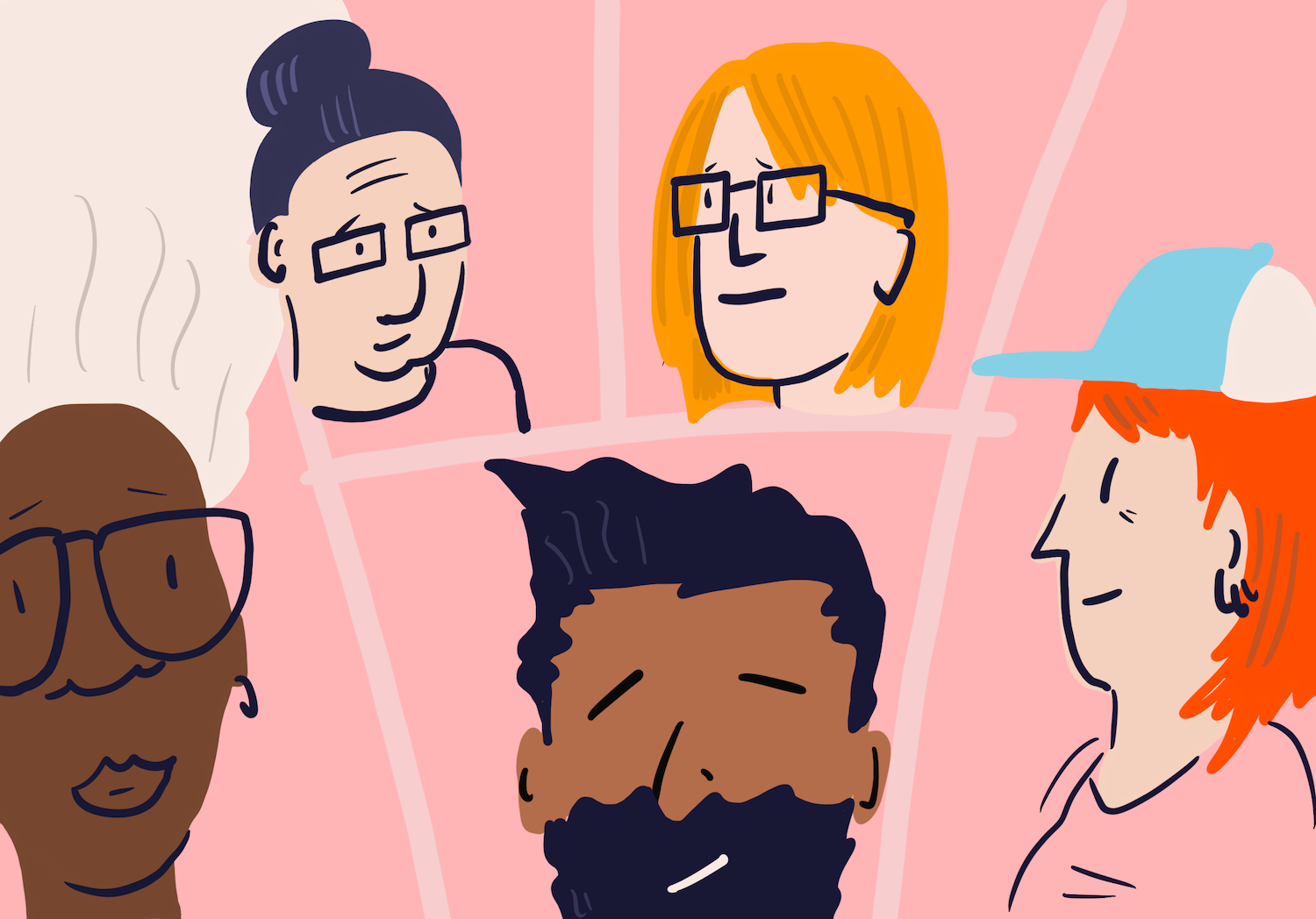Contributing to the growth of a team or company culture can be one of the more rewarding aspects of work. Most companies say that they value culture but do not know how to clearly define it. This post will examine the dimensions of culture, the core organizational culture types, and how this may affect how you work.
Read about how to promote a positive remote team culture.
What is culture?
In general, culture covers behaviors and norms that define a society or group. Members of a group will contribute through adding knowledge, laws, customs, arts, and capabilities.
What are cultural dimensions?
Geert Hofstede developed a cultural dimensions theory while surveying employees at IBM between 1967 and 1973. Over the decades, specialists have since refined his work. Companies still use Hofstede’s theories to train business leaders in cross-cultural communication. The theory outlines the tenets of values in a culture and how they affect behaviors.
The cultural dimensions
- Power distance index is how clearly hierarchy is established and how much less powerful people of a society accept the unequal distribution of power.
- Individualism versus collectivism is the level of integration into groups and the value people put on those groups. Individualist societies have loose ties to groups and will join and leave them regularly.
- Uncertainty avoidance is the society’s ability to tolerate ambiguity.
- Masculinity versus femininity associates masculine cultures with assertiveness and heroism. These cultures recognize a gap between male and female roles and values. In feminine cultures, both men and women share more roles and views more equally.
- Long-term versus short-term orientation illustrates how much a culture is the connection to the past and how it influences the present and future places high value on tradition.
- Indulgence versus restraint refers to the level as to which a society allows its individuals to indulge in human desires for enjoying life and having fun.
Organizational culture
Companies and teams create and uphold culture in much the same way through customs, norms, and behaviors. Founders and leaders usually have a significant impact on an organization’s culture during its early days. As the company grows, the leadership will need to intentionally define and protect the values it wants to thrive or die by.
Not many organizations clearly define culture and how it should influence behavior. Nonetheless, values surface with how the company spends resources such as hiring, pay increases, promotions, key projects, etc.. There are a number of ways to outline the dimensions of culture. Below are two examples from the Society of Human Resource Management (SHRM) and Hofstede Insights.
Read the full post with Lia Prins on creativity and productivity.
Defining elements of organizational culture
SHRM outlines key pieces of an organizational culture based on the following values and orientation.
- Outcome orientation: Focus on results over the process.
- People orientation: Fairness and respect for the individual.
- Team orientation: Rewarding collaboration.
- Attention to detail: Values precisions and tackles problems analytically.
- Stability: Stability and predictable course.
- Innovation: Encourage experimentation and risk-taking
- Aggressiveness: Fierce competitive spirit.
Aligning culture and business
The organization, Hofstede Insights, has leveraged the cultural dimensions above to help organizations understand how well employees relate to the company’s current culture, how prepared the company is for change (internal and external), and how well the leadership is able to use its behavior as an example.
- Means versus goal-orientated: Does the organization focus more on how things are done or what things are done?
- Internally versus externally orientated: Does leadership emphasize its mission or what the customer wants now?
- Easy going versus strict: Is the company fluid with its rules, procedures, and spending or strict with budget and processes?
- Local versus professional: Local companies identify with the boss and team while professional companies focus more on one’s profession and content of the job.
- Open versus closed system: Is the organization welcoming to new-comers or do they need to earn respect first?
- Employee versus work orientated: Does the organization feel responsible for the employees even at the expense of work or do employees feel pressured to perform regardless of their own welfare?
Organizational culture types
Robert E. Quinn and Kim S. Cameron at the University of Michigan have defined four types of organizational culture. On a grid, you can see how the type of organizational culture can influence the dimensions discussed above such as internally vs externally orientated.
- Clan cultures are family-like and focus on mentoring and doing things as a team.
- Adhocracy cultures are entrepreneurial and reward risk-taking and innovation.
- Market cultures focus on competition and achieving goals.
- Hierarchy cultures emphasizes efficiency and stability
Closing thoughts
Defining a team culture can be a construct of an organization’s leadership and the people it hires. Organizational culture is also tied to human needs and behaviors that persist outside of work. Most of us will move to new companies and join new cultures. Consider the dynamics that have shaped it. How will you be able to work in the culture and potentially influence it?
More on culture and career
Employee evaluation for UX designers best practices
UX designer salary report
Sign Up Today
Get insights and resources in your inbox before I publish them!

